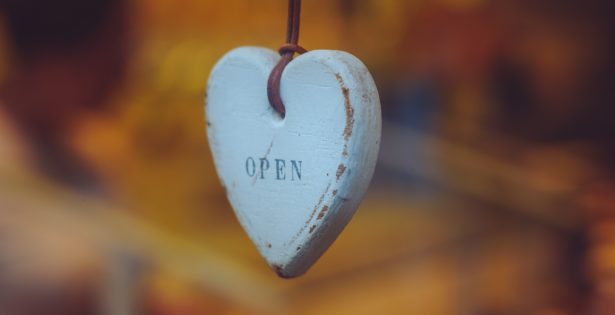Gratitude is the understanding that many millions of things come together and live together and mesh together and breathe together in order for us to take even one more breath… Read More
thanksgiving
Focus on the Good
I believe we need about 364 more celebrations of Thanksgiving in a year, and not because we need more reasons to overeat and watch football. Giving thanks is good for… Read More
Three Ways to Invite More Life into Your Life
Over the past several weeks, we’ve been looking at the factors that make for a longer, richer, more alive life.: (1) Loving life and living for the present (2) Working,… Read More
Go Deep for the Holidays
I was jogging on the mesa behind our house and my thoughts went to the upcoming holidays and my cycles of introversion and extroversion. For me, social gatherings inevitably spur… Read More
Mind-Blowingly Good Vegetarian Gravy – and How to Leave the Table Feeling Good
It’s almost time for the Thanksgiving feast, and I know many people feel it’s a challenge to avoid gorging themselves and feeling guilty. So I’d like to offer some thoughts… Read More
Giving Tuesday
Today is Giving Tuesday, a global day to come together to support the causes and organizations we care about. The Dragontree values it’s clients and the community that supports us… Read More



 Cart
Cart







